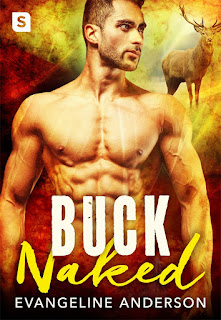Talking with author Donna Lee Simpson

Use of the Gothic in Romance Fiction
I’ve been accused of writing Gothic historical romances; it’s something I come upon again and again in descriptions of my novels, including Lady Anne and the Howl in the Dark (Sourcebooks, Casablanca – April 2009).
But what is a Gothic and does the description fit my books? Anne M. Marble, in a Writing World article on the sub-genres of romance says, “The typical Gothic romance combines moody atmosphere and suspense with a brooding hero and a heroine who is unsure of whether she can trust the hero.”
Well, let’s take a look at Lady Anne and the Howl in the Dark. Brooding hero? Check. Heroine unsure whether she can trust him? Check. Moody atmosphere and suspense? Check and check!
Well, gee, I guess I do write Gothic romances! Maybe it just comes naturally to me!
It’s not that I’ve never read one. Once upon a time you could tell a Gothic because there was always a spooky castle on the cover, with a girl running from it in a floaty dress, pursued by wisps of smoke, or ectoplasm or something! I’ve read a few, both contemporary and historical. But what makes a novel a Gothic, historical or contemporary?
The usual set up of a Gothic, historic or modern, has the heroine trapped somewhere with a man who may be some kind of dangerous, murdering madman. Or… he may just be a nice misunderstood guy, but he insists on keeping secrets from the heroine and everyone else! The one facet of the heroine’s character that is vital to the Gothic plot is that she cannot leave the mystery alone. She doesn’t pack her bags and escape the castle in a timely fashion, she doesn’t just shut her mouth and ignore the weirdness, she’s compelled to pick away at the hero’s mysterious behavior, open the door to the forbidden room, or descend to the cellar from which the weird, clanking noises come.
So in this sense I suppose Lady Anne and the Howl in the Dark does follow classic Gothic sensibility. There are mysteries, weird things afoot at night, and Lord Anthony Darkefell, the dark brooding hero, is not telling all he knows. Lady Anne Addison is the ultimate intrepid heroine, not willing to let the mystery rest. She must know the truth! However, Gothic heroines often seem to blunder mindlessly through the novel, making discoveries by accident, and Lady Anne uses all of her wits and considerable skepticism.
One enormous difference between Lady Anne and the Howl in the Dark and the true Gothic is the use of the hero’s viewpoint. Gothic novels never feature the hero’s viewpoint, because to do so dilutes the ‘unknown’; a viewpoint character exposes some of their soul to the reader, or it’s not proper characterization. I wanted readers to get to know Darkefell, to understand him, and his changing feelings for Anne. I also wanted to express that where Darkefell was hiding things, it was because he felt compelled to. He’s very protective of his family and their name, and things haven’t gone well in the last few years; he’s shielding his family from public censure and suspicion.
Another big difference between my Lady Anne books and classic Gothic style, is, you never get a sequel to a Gothic. But Lady Anne and the Ghost’s Revenge (Sourcebooks Casablanca – August 2009) furthers the adventures, and Lady Anne and the Gypsy Curse (Sourcebooks Casablanca – November 2009) heightens the romantic entanglement between the two Lady Anne and Darkefell.
I hope you all enjoy the books, and I would be interested in hearing if you feel there are Gothic elements in the book, and how they work to the story’s benefit or detriment. I had a great time with these characters; they often do quite unexpected things! When Anne climbs the mysterious tower and gets trapped, she swallows her pride and hails the hero, who has a laugh at her expense until he finds out that someone locked her in there! My sense is I’m having a little fun with gothic sensibility.
Visit me at http://www.donnaleasimpson.com/ for more information on the Lady Anne series!



Comments